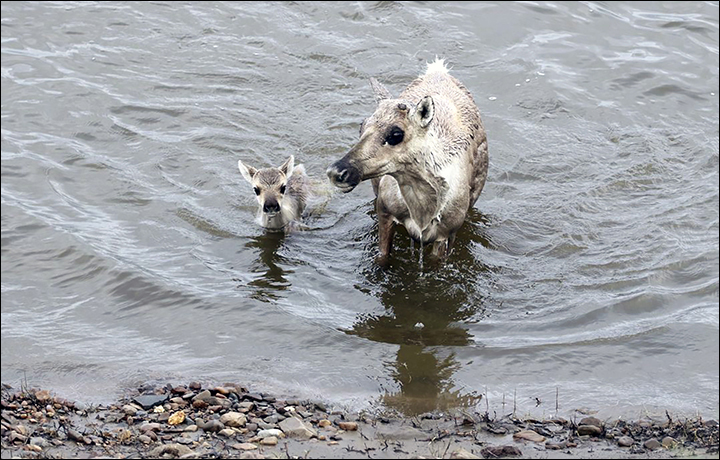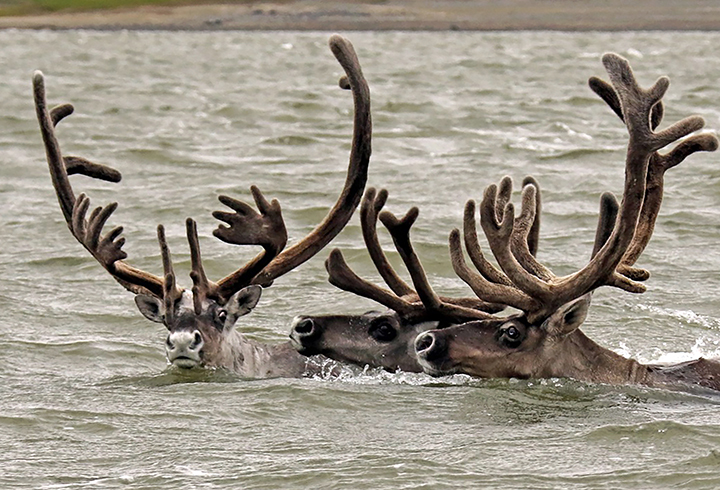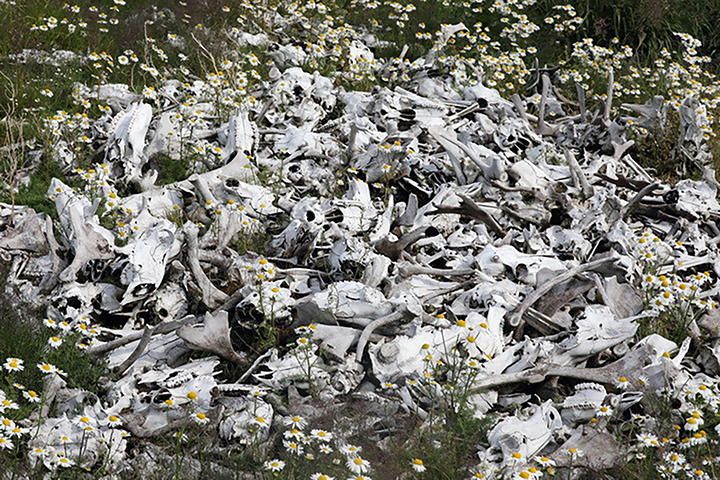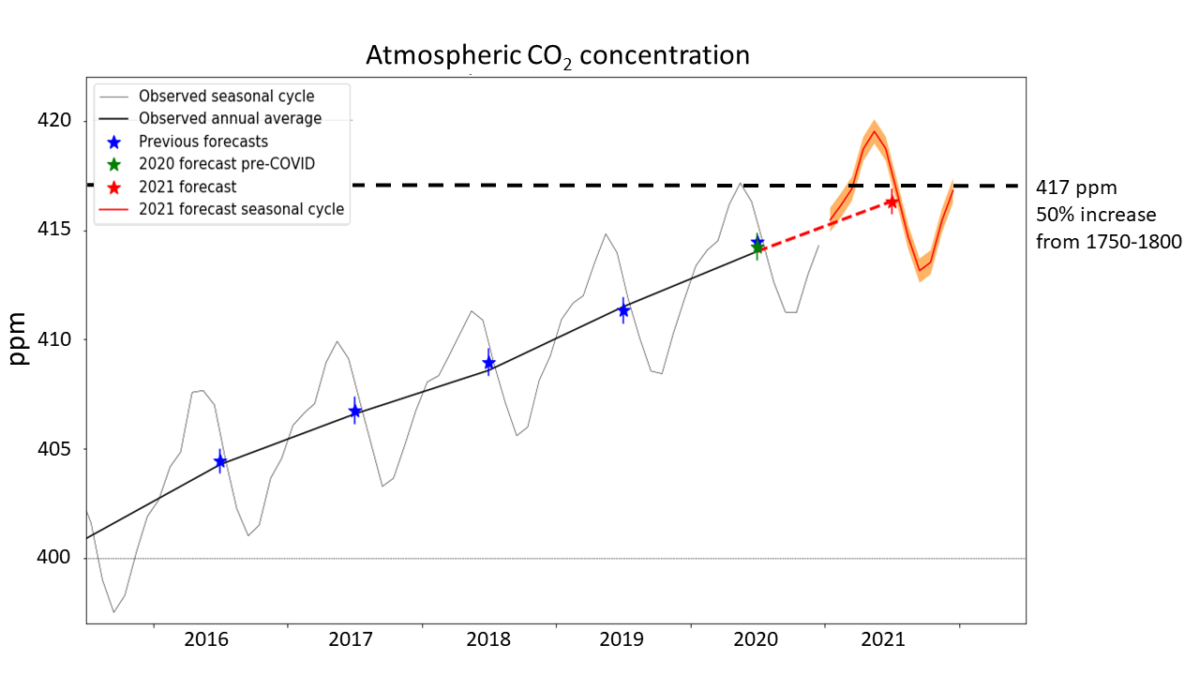Northern reindeer that roamed Taymyr peninsula are at the brink of extinction – “The losses are catastrophic”

By Olga Gertcyk
30 September 2019
(The Siberian Times) – More than 40,000 wild reindeer perished since the last count in 2017, said scientists who returned from a major expedition to the Taymyr Peninsula.
The Yenisei group of reindeer has disappeared entirely while the westernmost group living along the Tareya River has dramatically shrunk in size from 44,300 animals in 2017 to only several thousands now.
A research conducted over a territory of 80,000km2 – equal to the area of the United Arab Emirates – concluded that drastic measures are needed to claw back wild reindeer populations in all of Taymyr, northern Evenkia and western Yakutia.
The Taymyr Peninsula sits on the very tip of vast Krasnoyarsk region, facing the Severnaya Zemlya archipelago – and yes this is the fastest warming place on earth.
The air temperature in Taymyr has increased by 1.2C degrees over the past decade, which is above average not only for Russia but for the planet, said Andrey Kiselyov, a leading researcher.

Changing temperature deviates reindeer from their regular migration routes.
A very small number of reindeer walked in known migration corridors across Pyasina and Tareya rivers, this year’s research showed.
Previously known concentration spots were almost empty, with only smallish herds and individual reindeers registered where usually there were scores of them.
‘Only seven years ago thousands of reindeer were passing through the Lake Ayan hollow. Back then I liked to pour a cup of tea, to come out and to sit on a tree stump and to watch them slowly wonder along a river. Reindeer were not scared of me, some walked several metres away from me’, said inspector and researcher Vasiliy Sarana from the Putorana nature reserve.
‘Now I drink tea in the house, and look through a cold window at an empty river bank. There are no reindeer passing through Ayan any more’, he added.

Sarana said that only 15 to 20 years ago the number of wild reindeer was 600,000 to one million. […]
There were years of barbaric poaching and hunting which seemingly went unnoticed – or ignored – by local and regional authorities.
Male reindeer were attacked by antler hunters in spring, who axed or sawed them off right as defenceless animals crossed rivers. […]
‘If you add hunting quotas for indigenous people and reindeers’ deaths related to climate change to this madness, the losses are catastrophic!’, Vasiliy Sarana explained. [more]
Northern reindeer that roamed Taymyr peninsula are at the brink of extinction


